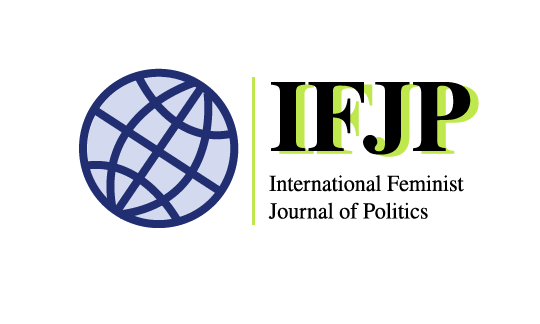How Gender Matters to Understanding Household Measurements of Food Insecurity
By: Imane El-Rhomri & Mónica Domínguez-Serrano
Despite the growing international interest in addressing the relationship between gender inequalities and food insecurity—as well as the valuable feminist contributions of family studies—development and humanitarian actors still use gender-insensitive household food security measurements in developing countries. Such measures rely on unrealistic assumptions about a household’s gender relations and render invisible gender disparities and intra-household food access inequalities.
Our paper examines a set of seven influential food security indicators—e.g., Household Consumption and Expenditure Surveys and the Coping Strategy Index. We group the metrics based on whether they define food insecurity in terms of household food consumption or a household’s experiences/behavior responses and analyze each metric individually. We then consider the opportunities and limitations of quantitative methods and mixed methods data collection strategies and suggest a way forward.
One of our metrics is the Household Consumption and Expenditure Surveys (HCESs), which measure food security in terms of a household’s access to a sufficient amount and quality of food. The HCES, a statistically representative survey, collects household-level information using a questionnaire containing a context-specific food list. The respondent tends to be the head of household or person responsible for preparing the food, and the survey addresses the origin, quantity, and monetary value of each of the listed food items that was consumed during the reference period. We show that the HCES (and similar measures) cannot account for food allocation inequalities at an intra-household level, where cultural rules and gender norms may determine food distribution: in some societies, women eat last after children and men and women reserve the most nutrient-rich food for men. In other words, the HCES and similar measures do not take into account the intra-household power relationships that may limit the respondent’s knowledge of food allocation and consumption (e.g., respondent might not know that a co-wife in a polygamous household discreetly gives her children the best food).
There is growing interest in addressing the relationship between gender inequalities and food insecurity, and there are significant feminist contributions on intra-household analysis. It is imperative to merge these inquiries by integrating a gender analysis in all phases of household food security measurement—from the design of the tool to the interpretation of the results.
The challenges to integrating a gender analysis to food security measurements are significant. Moving beyond the unitary household model may be essential, but it is also technically challenging. Moreover, household dynamics are complex: household members do not necessarily pool their resources, and the responsibility for household food provisioning may be shared among members and then change depending on circumstances. A gender-sensitive method of measuring food security will necessarily entail a higher complexity, which may require more time and money.
Emphasizing the lack of capabilities as related to food security would help to thoroughly integrate a gender approach into food security measurement and analysis. Yet this change poses great challenges. Capabilities are not easily observed or directly measured; the process entails reflecting upon the variables and the best analytical categories for identifying functions that are feasible but that have not yet been achieved, and it is not easy to analyze the effects of multiple privations at an individual level nor is it easy to understand the ways individual capabilities are articulated within collective household dynamics. Gendered capabilities to be food secure could focus on the ability of each household member to access useful information, to develop knowledge and practical skills, to develop bargaining power and leadership, to cooperate equitably with others to achieve common goals, or to make life choices and pursue personal goals despite social stigmatization. We conclude our article by suggesting that the Capability Approach be applied as a means of revealing the material and non-material causes of gender inequality. We cannot suggest appropriate solutions to food insecurity if we fail to identify crucial elements for evaluating the problem.
Read the article: “Household food security measurement: a critical review from a gender perspective“
Imane El-Rhomri, is an Interim Substitute Professor in Economy, Quantitative Methods & Economic History Department at Pablo de Olavide University. She is completing her PhD on Gender, capabilities and food security measurement under international joint supervision of doctoral theses between Pablo Olavide University and University of Paris-Sorbonne. She also works as a Consultant-Expert on gender and development. She has 13 years' professional experience in the field of development aid and development cooperation, particularly in North Africa and West Africa.
Mónica Domínguez-Serrano, Master in Public Administration and PhD in Economics, is Associate Professor of Quantitative Methods in Economy, Quantitative Methods and Economic History Department at Pablo de Olavide University, Spain. The analysis of gender inequality has been the central thread of her research, especially quantitative methods. She has focused on gender statistics and indicators of well-being: children and time use. She has participated in several international projects and research teams and has several indexed publications. She is currently the Director of the Master’s in Gender and Equality at Pablo de Olavide University.
Each blog post gives the views of the individual author(s) based on their published IFJP article. All posts published on ifjpglobal.org remain the intellectual property and copyright of the author or authors.



